The Polar Bear: Majestic King of the Arctic
Welcome to your comprehensive guide to the Polar Bear (Ursus maritimus), an iconic symbol of the Arctic wilderness and one of the most fascinating predators on Earth. Known as the "sea bear" or "ice bear," this magnificent creature is uniquely adapted to survive in one of the planet's harshest environments. Its life is inextricably linked to the sea ice, which it relies on for hunting its primary prey, seals.
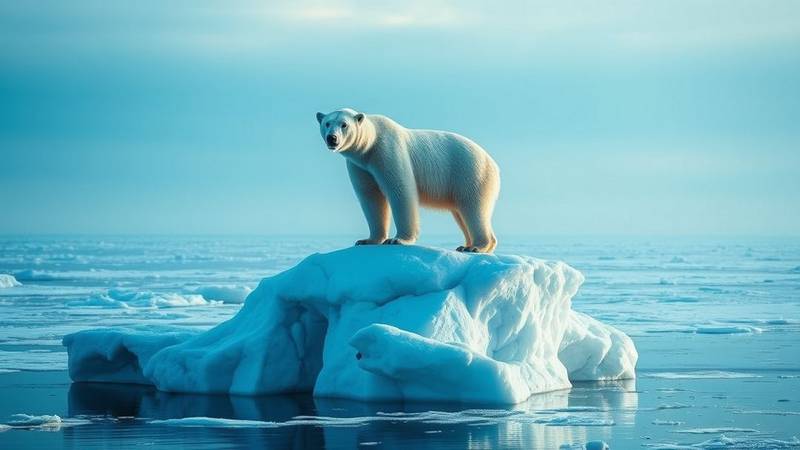
This page provides an overview of the polar bear, covering its key characteristics, life cycle, and conservation status. For more detailed information on specific aspects, please explore our dedicated pages linked below.
Key Characteristics of the Polar Bear
Polar bears possess a remarkable suite of adaptations that allow them to thrive in the extreme cold of the Arctic:
- Thick Blubber and Fur: A dense layer of fat (blubber) up to 11 cm (4.3 in) thick and a thick fur coat provide excellent insulation against frigid temperatures.
- Large Paws: Their paws are broad and slightly webbed, with rough pads and non-retractile claws, perfect for walking on snow and ice, and for swimming. Learn more about their size.
- Powerful Swimmers: Polar bears are strong swimmers, capable of covering long distances in icy waters.
- Keen Sense of Smell: They have an extraordinary sense of smell, able to detect seals or carcasses from as far as 20 miles (32 km) away.
- Diet: They are hypercarnivores, with a diet primarily consisting of ringed and bearded seals. Their high-fat diet is crucial for survival.
- Coloration: Their white or yellowish fur provides camouflage in snowy and icy environments.
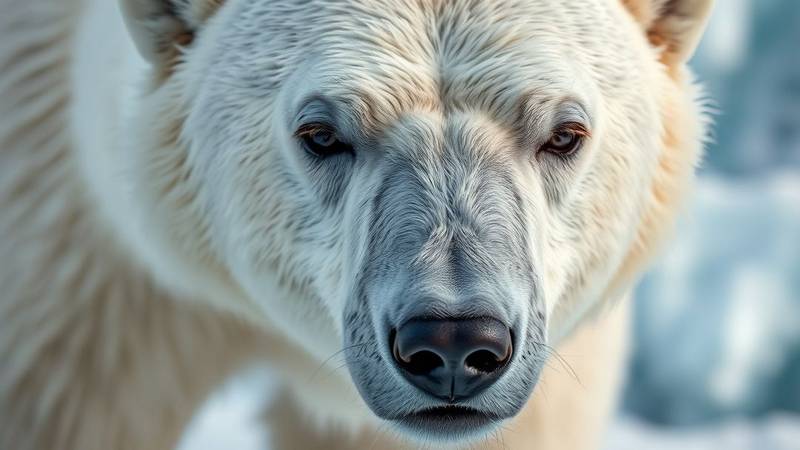
A Master of Adaptation
Every feature of the polar bear, from its black skin under its white fur (to absorb sunlight) to its small ears and tail (to reduce heat loss), is a product of evolution in a frozen world. Their physical attributes and behaviors are finely tuned for Arctic survival.
Life in the Arctic: Habitat, Diet, and Reproduction
The life of a polar bear revolves around the seasonal dynamics of Arctic sea ice.
Habitat and Range
Polar bears inhabit the Arctic regions of Canada, Russia, Greenland, Norway, and the United States (Alaska). Their existence is tied to areas with annual sea ice cover over the continental shelf and inter-island archipelagos, which are productive hunting grounds. Explore their habitat in detail.
Diet and Hunting
Seals are the cornerstone of their diet. Polar bears are patient hunters, often waiting for hours by seal breathing holes in the ice or stalking seals resting on the ice. They primarily consume the blubber, which is rich in calories. Understand how their diet impacts their weight.
Reproduction and Cubs
Female polar bears typically give birth to one to three cubs in snow dens during the winter. Cubs stay with their mother for about two to two-and-a-half years, learning essential survival skills. The survival of cubs is a critical factor in population dynamics. Discover more about polar bear cubs (page in French).
Primary Diet
High-fat content crucial.
Litter Size
Born in snow dens.
Time with Mother
Learning survival skills.
Top Speed (Land)
(~25 mph) for short bursts.
Conservation Status and Threats
Polar bears are classified as **Vulnerable** by the International Union for Conservation of Nature (IUCN), with climate change being the most significant threat to their long-term survival. The decline of Arctic sea ice, their primary hunting platform, has profound implications:
- Reduced Access to Prey: Less ice means less time to hunt seals, leading to malnutrition, lower reproductive rates, and declining body condition.
- Habitat Loss and Fragmentation: The shrinking and thinning of sea ice diminishes their available habitat.
- Increased Human-Wildlife Conflict: As bears spend more time on land due to lack of ice, encounters with human settlements can increase.
- Other Threats: Pollution (like persistent organic pollutants), oil and gas development, and unsustainable harvesting in some areas also pose risks.
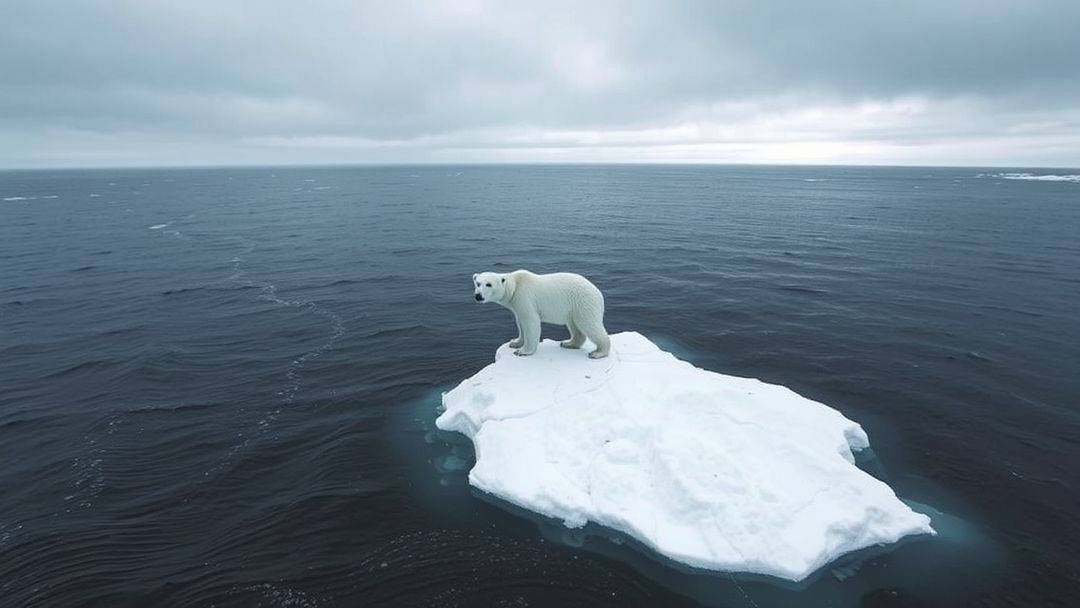
Urgent global action to mitigate climate change by reducing greenhouse gas emissions is essential for the future of polar bears. Conservation efforts also focus on protecting key habitats, managing human activities, and continued research to understand and address the challenges they face. Learn more about the impact of climate change.
Dive Deeper into the World of Polar Bears
This page has offered a glimpse into the life of the polar bear. To learn more about specific aspects of these incredible animals, please visit our detailed pages:
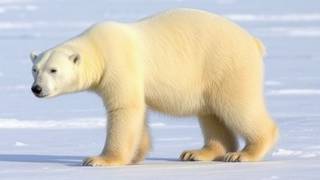
Polar Bear Weight
Explore how much these Arctic giants weigh, from cubs to adults, and the factors influencing their mass.
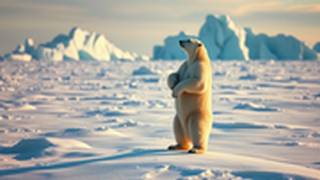
Polar Bear Size
Discover the impressive dimensions of polar bears, including their length, height, and paw size.
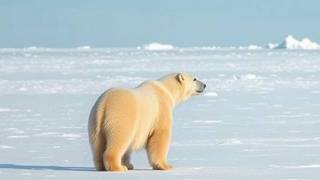
Polar Bear Habitat
Learn about their crucial reliance on sea ice, their geographic range, and their denning habits.
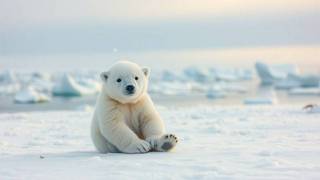
Polar Bear Cubs (FR)
Delve into the world of young polar bears, from birth to independence (content in French).
